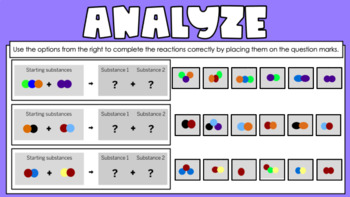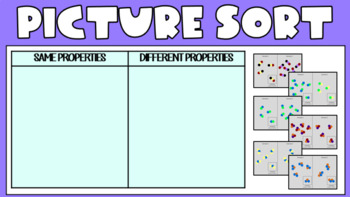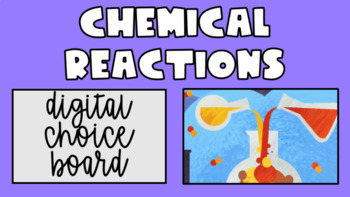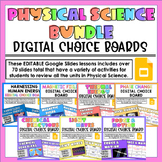Amplify Chemical Reactions Digital Choice Board
- Google Slides™
- Internet Activities

What educators are saying
Also included in
- This includes the digital choice boards for the following units:Geology on MarsPlate MotionRock FormationsPhase ChangeChemical ReactionsPopulations and ResourcesMatter and Energy in EcosystemsPrice $30.00Original Price $35.00Save $5.00
- This includes the digital choice boards for the following units:Harnessing Human EnergyMagnetic FieldsThermal EnergyPhase ChangeChemical ReactionsLight WavesForce and MotionPrice $30.00Original Price $35.00Save $5.00
Description
Looking for an online activity? Want a great review of the Chemical Reactions unit for students? This resource is perfect for e-Learning. I've used these with my students all during virtual learning and they have loved it!
This is a Google Slides resource that can easily be uploaded to Google Classroom or Canvas so the students can work at their own pace. This is also EDITABLE! Don't like one of the activities? Switch it out with one of your own!
Digital Choice Board created for students on the topics of Chemical including reactants, products, properties, chemical reactions, atoms, etc. Student are given a board with 6 options and choose as many as you would like. Students can be given their own copy and answer the questions directly on the slides. Uses a range of modalities including sorting pictures, analyzing to complete chemical reactions, clicking and dragging to complete vocabulary in sentences, videos, reading, and writing.







